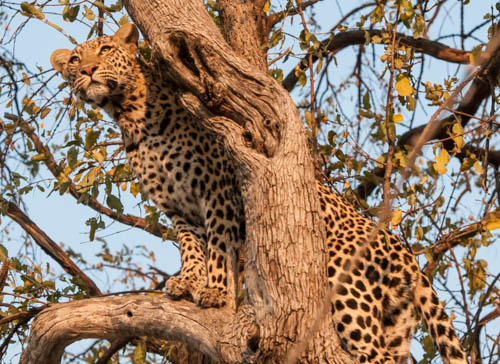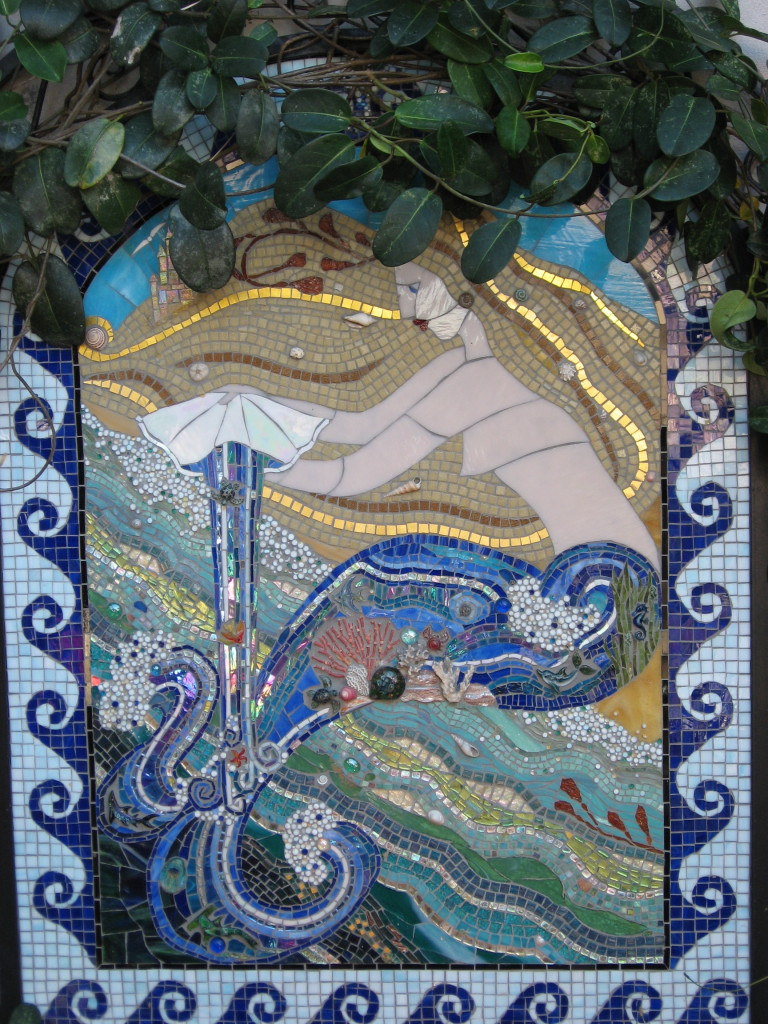
Timepieces, Glendale, Caiifornia
“The Clock”, a cleverly assembled film by video artist Christian Marclay, is a treat of movie and television scenes. A timepiece, synchronized to the exact time the viewer is watching, anchors each scene and montages of film clips fold into a seamless sequence over the course of this 24-hour film.
I watched part of the film on a recent visit to the Los Angeles County Museum of Art. Seated on a white comfy couch in the darkened theater, the insistent clock tick-tocks and dramatic music kept me hooked.
The formula: a clock followed by a reaction shot. Anxiety, fear, boredom, anticipation. The scene I can’t forget is a husband returning home unexpectedly, interrupting his young wife’s bedroom tryst with her lover. The tension mounts as disbelief turns to anger as the lovers try to cover themselves. And then, the husband slowly and methodically removes and doubles up his thick black belt in his hands. Yikes!
I wanted to stay for more of this compelling film but the time (what else?) was about to expire on my parking meter.
“The Clock” got me thinking about the passage of time. My mantra lately is “where does the time go?” It passes in the tiny moments — the necessary daily activities of living, the minutiae, the to-do lists, the celebrations of new life, the sad moments of decline and death, the things that keep our lives, our bodies, and our spirits going. Tick-tock.
But there’s never enough time. When I was a teen, I often felt bored, like time was moving much too slow for the dreams I had and I wanted so badly to fast forward time. But now, tempus fugit. Time seems to speed up each year and the seasons repeat themselves in quicker and quicker succession. I want a way to “pause” time.
And then I remember “Wondrous Nature.” Nature — a place where time slows down to a joyous retreat for me.
I walked the beach in Laguna early one morning last week, scrunched the sand between my toes, let the ocean foam splash up on my white capris, breathed in the salty breeze, petted all the sandy dogs that passed my way and time faded away as surely as my footprints in the shifting sand.









